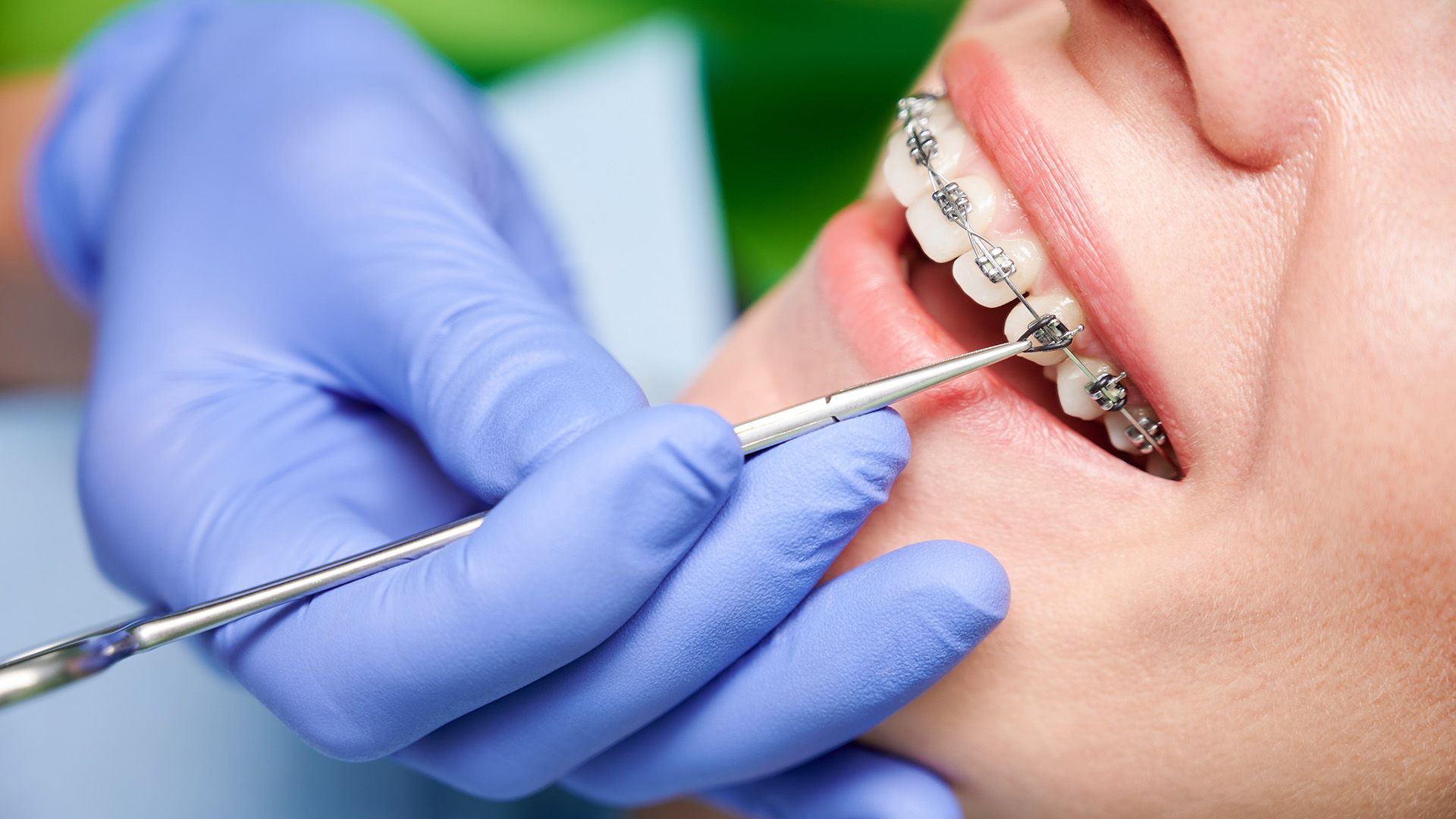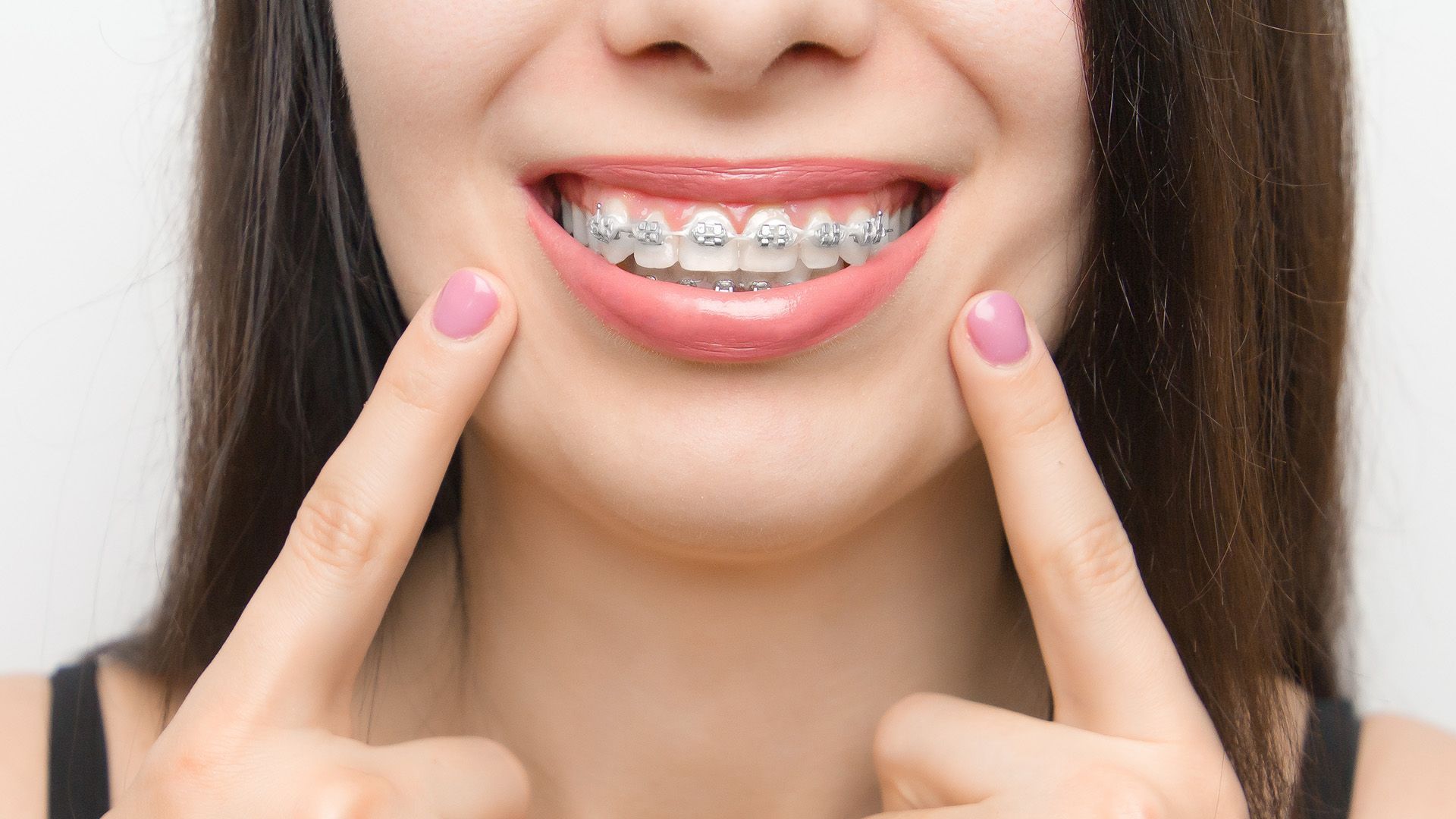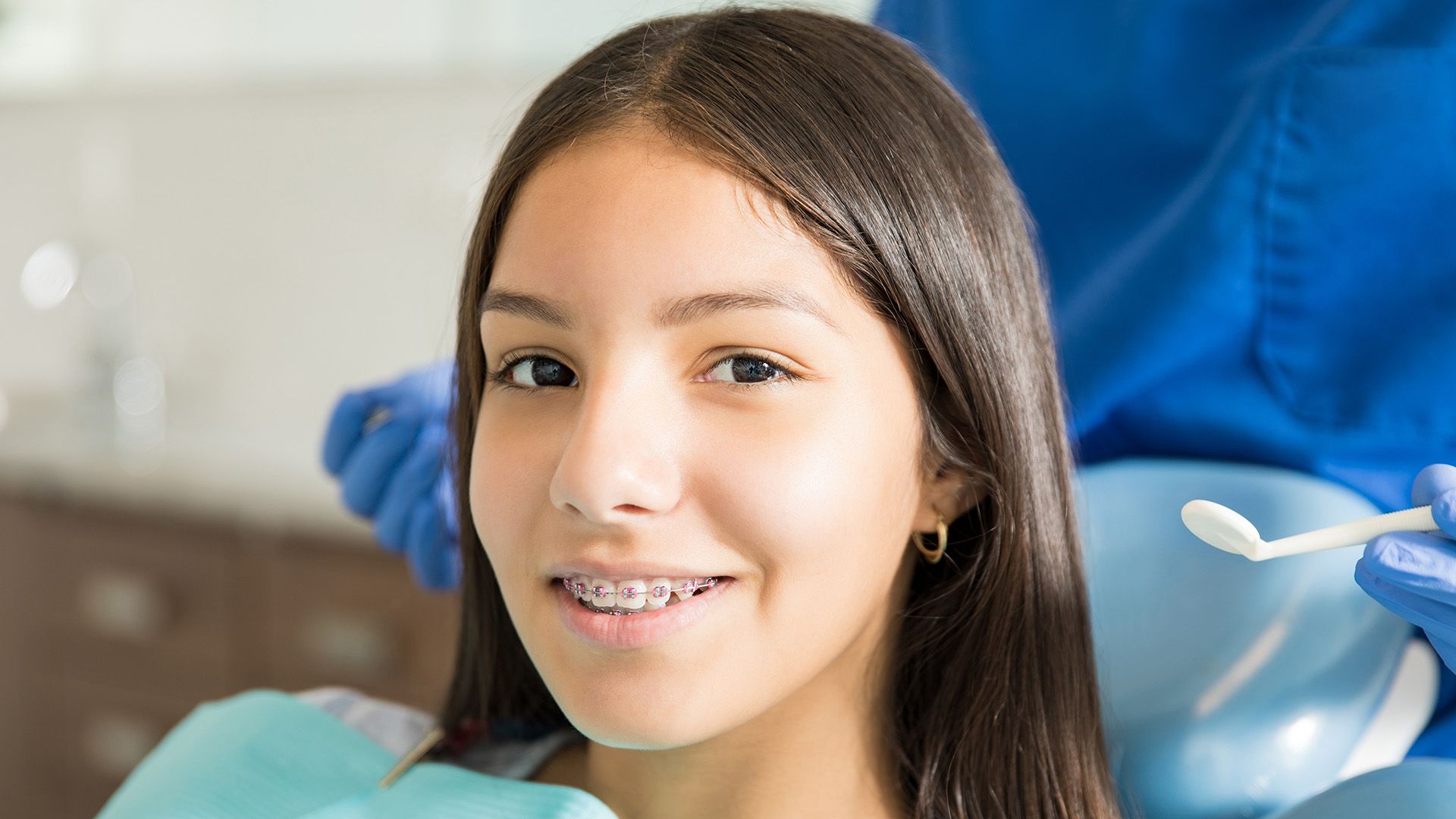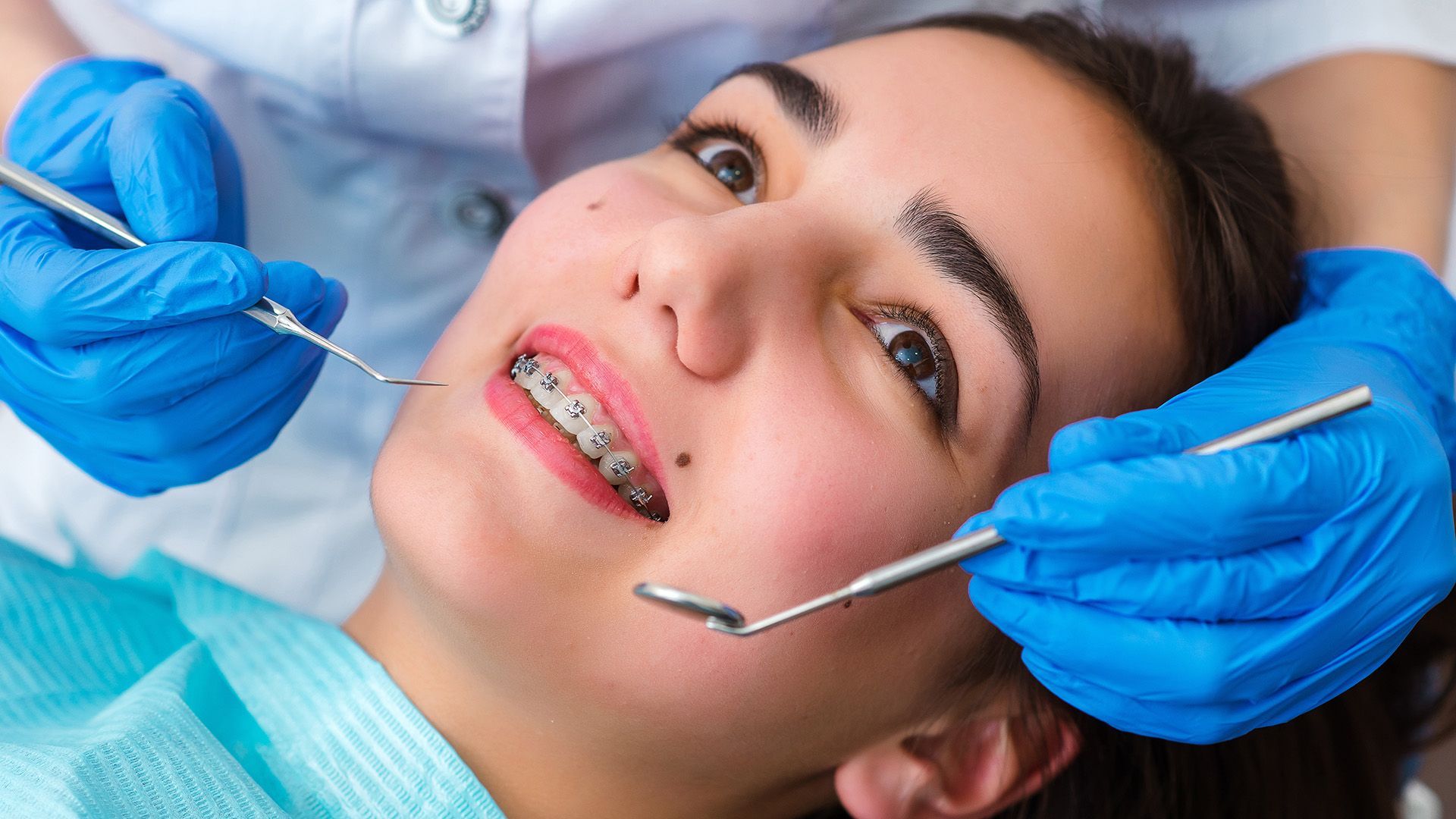Types of Orthodontic Brackets
Understanding the various types of orthodontic brackets is essential in choosing the right treatment to achieve your ideal smile. From traditional metal brackets to advanced ceramic options, the choices can be quite extensive.
Understanding Orthodontic Brackets
Orthodontic brackets are small devices, crafted from metal or ceramic, that are bonded to each tooth's surface. Their main function is to hold orthodontic wires that facilitate the gradual movement and alignment of teeth. By serving as a stable anchor, brackets enable the consistent application of pressure, which is crucial for adjusting the position of teeth over time.
These orthodontic brackets interact with an archwire that threads through them. Periodic adjustments to the wire apply pressure in specific directions, encouraging teeth to shift into their desired positions. As the teeth move, brackets maintain the wire's position, ensuring the necessary tension to guide teeth alignment effectively.
Brackets play a pivotal role in aligning teeth and enhancing bite quality by promoting controlled and predictable movement. Proper alignment not only beautifies your smile but also enhances oral health by minimizing the risk of dental issues like tooth decay and gum disease.
Different Types of Orthodontic Brackets
Selecting the right bracket for braces is crucial for both functionality and aesthetics in orthodontic treatment.
Metal brackets are the most widely used type, known for their durability and strength. Made from high-quality stainless steel, they are particularly effective in resolving complex dental issues due to their robustness. Furthermore, metal brackets are generally more cost-effective compared to other types of orthodontic brackets, making them a popular choice among patients.
Ceramic brackets offer an excellent alternative for those seeking a more discreet option. These brackets are crafted from clear or tooth-colored materials, rendering them less visible than metal brackets. A significant benefit of ceramic brackets is their aesthetic appeal, as they blend seamlessly with natural teeth for a more subtle appearance during treatment. However, they may require extra care to prevent staining.
Choosing the Right Brackets for Your Needs
When selecting a bracket for braces, several factors should be considered to ensure the best fit for your needs. The choice of orthodontic brackets can significantly impact your comfort, treatment duration, and overall outcomes. Understanding these factors will guide you to make an informed decision. Firstly, consider the material of the brackets. Options such as metal, ceramic, and self-ligating brackets each have distinct advantages and aesthetics. Secondly, your lifestyle and personal preferences play a critical role. Some may prefer the less noticeable appearance of ceramic brackets, while others might prioritize the durability of metal options.
Your orthodontic goals also influence which types of orthodontic brackets are most suitable. For instance, if your aim is to achieve results in a shorter time frame, certain types of orthodontic brackets may be more effective. Additionally, the complexity of your dental issues can dictate the type of bracket for braces needed to achieve optimal alignment. A thorough understanding of your treatment objectives helps in narrowing down the choices.
Consulting with an orthodontist is essential for receiving personalized recommendations. During your consultation, our orthodontists will assess your dental condition, discuss your treatment goals, and recommend the most appropriate bracket options. This personalized approach ensures that your orthodontic journey is tailored to your specific needs, providing you with the confidence and clarity you deserve. By prioritizing expert advice, you can embark on a successful treatment plan that aligns perfectly with your lifestyle and aspirations.
Maintenance and Care for Orthodontic Brackets
Proper maintenance and care for orthodontic brackets are vital for ensuring the effectiveness of your treatment and the health of your teeth. To keep your brackets in top condition, it's important to follow best practices for cleaning. Use a soft-bristle toothbrush and fluoride toothpaste to gently clean around the brackets, making sure to reach both the front and back of each tooth. Consider using interdental brushes or floss threaders to effectively remove food particles and plaque from between the teeth and around the orthodontic brackets.
During your orthodontic treatment, it's common to encounter issues such as loose or broken brackets. If this occurs, avoid trying to fix it yourself and contact your orthodontist immediately to schedule a repair. Additionally, be mindful of the types of foods you consume. Hard or sticky foods can damage brackets or cause them to detach from the teeth, so it's best to avoid these items.
Regular orthodontic visits are essential for monitoring the progress of your treatment and ensuring that your orthodontic bracket is functioning correctly. These appointments allow your orthodontist to make necessary adjustments and address any concerns you might have. By adhering to these guidelines, you can maintain the integrity of your orthodontic brackets and enjoy a smooth treatment journey.














